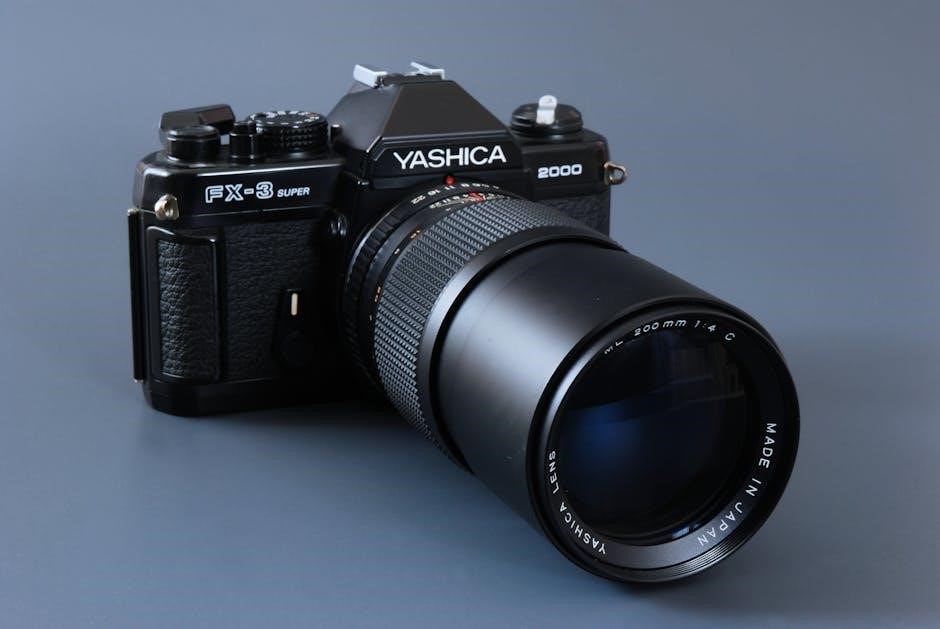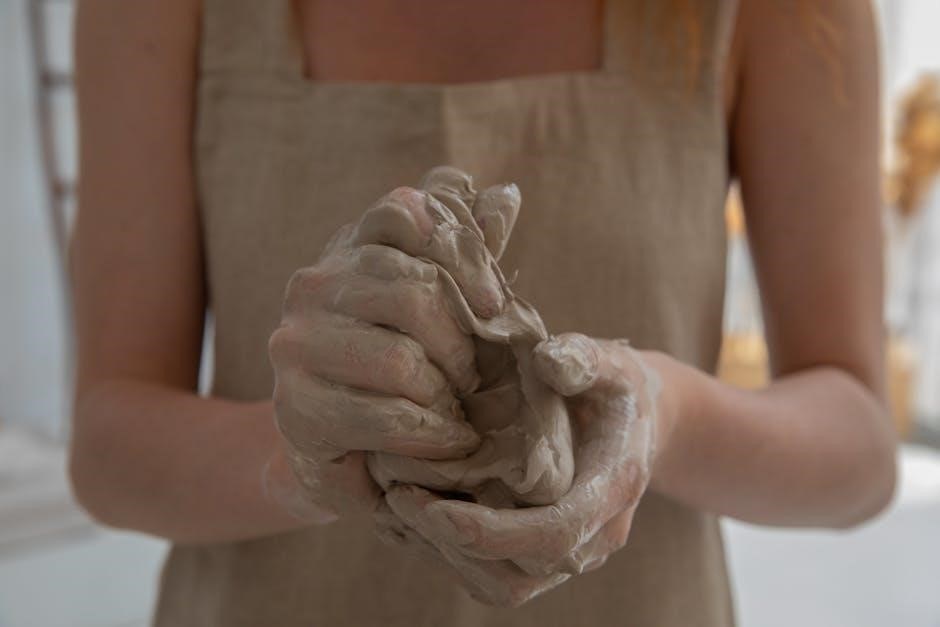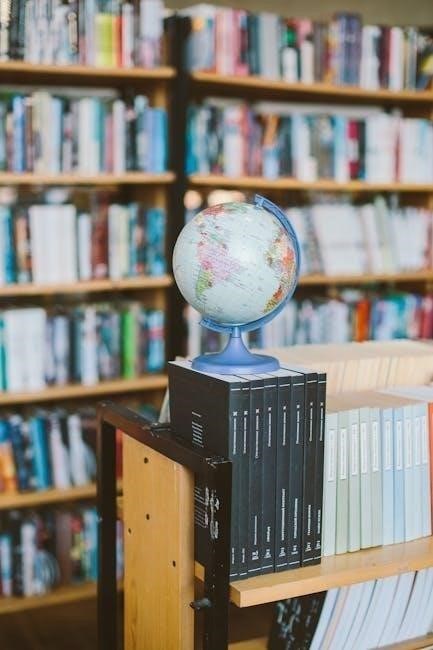samsung wf42h5000aw a2 manual
Category : Manuals
Welcome to the Samsung WF42H5000AW/A2 washing machine manual. This guide provides essential information for safe and efficient operation. With a 4.2 cu.ft capacity and advanced VRT technology, this washer offers powerful cleaning and quiet performance. Read carefully to optimize your experience.

Key Features and Specifications
The Samsung WF42H5000AW/A2 is a front-loading washer with a 4.2 cu.ft. capacity, designed for efficient and quiet operation. It features VRT (Vibration Reduction Technology) to minimize noise and vibration during cycles. The washer includes a Diamond Drum interior for gentle fabric care and 8 pre-set wash cycles for various fabric types. Additional options like Quick Wash and Self Clean ensure convenience and maintenance. The ENERGY STAR certification highlights its energy efficiency. Smart Care technology allows users to diagnose issues via a smartphone app. With a focus on durability and performance, this washer is built to handle large loads while maintaining gentle care for delicate items. Its compact design fits seamlessly into modern laundry spaces, offering a balance of power and precision for everyday use.
Installation and Setup
Proper installation and setup of the Samsung WF42H5000AW/A2 washer are crucial for optimal performance. Begin by selecting a flat, stable, and level surface to ensure balanced operation. The washer should be placed on a firm floor, away from direct sunlight and water sources. Ensure the area is well-ventilated to prevent moisture buildup.
Connect the washer to a cold water supply using the provided hoses. Securely attach the drain hose to a nearby standpipe or laundry tub, ensuring it is not kinked or blocked. Electrical installation requires a grounded 120V outlet, and the power cord should be kept away from water to avoid hazards.
Before first use, check the washer’s leveling by adjusting the feet as needed. Run a test cycle without laundry to ensure all functions operate correctly. Refer to the manual for specific instructions on initial setup and calibration. Proper installation ensures safety, efficiency, and longevity of the appliance.
Safety Precautions
Ensure safe operation of the Samsung WF42H5000AW/A2 washer by following these guidelines. Always unplug the washer before servicing or cleaning to prevent electrical hazards. Keep children away from the washer during operation, as moving parts and hot surfaces can cause injury.
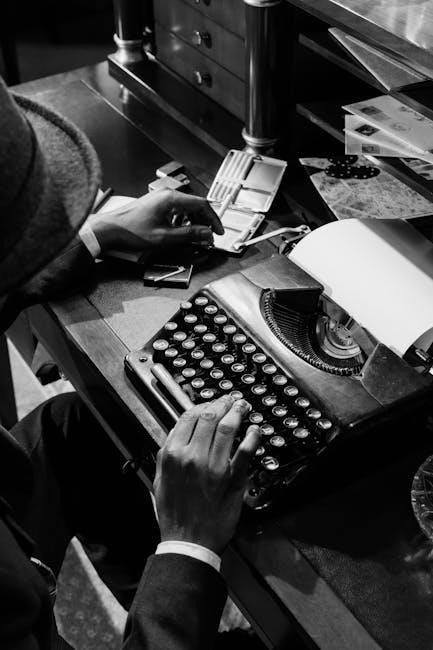
Do not overload the washer, as this may lead to imbalance and damage. Use only recommended detergent amounts to avoid excessive suds and potential leaks. Avoid washing items with sharp objects or zippers that could damage the interior or drainage system.
Regularly inspect and clean the drain pump filter to prevent blockages. Never operate the washer with damaged power cords or plugs. If the washer is not in use for an extended period, drain the water and leave the door open to prevent mold growth.
Always follow the recommended wash cycles and temperature settings for specific fabrics. Avoid using hot water excessively, as it may damage certain materials. By adhering to these precautions, you can ensure safe, efficient, and long-lasting performance of your washer.
Operating the Washer
Load laundry, select the desired cycle, and press Start. Use the control panel to choose options like temperature and spin speed; Ensure the door is closed securely before starting. Follow on-screen instructions for optimal performance and energy efficiency.
5.1 Starting a Wash Cycle
To start a wash cycle on your Samsung WF42H5000AW/A2 washer, ensure the machine is properly installed and plugged in. Load your laundry, making sure not to overfill the drum. Close the door firmly to ensure a secure seal. Navigate to the control panel and select the desired wash cycle using the provided buttons. Choose from options like Normal, Delicate, or Quick Wash, depending on your needs. Adjust settings such as temperature and spin speed if required. Once all selections are made, press the Start button to begin the cycle. The washer will perform a short pump cycle to check for blockages before starting the fill process. Ensure the door remains closed throughout the cycle to maintain proper operation. For optimal performance, refer to the recommended load sizes and fabric types in the manual. If issues arise, such as the washer not starting, check if the door is fully closed or if the child lock is activated. Always follow safety guidelines to avoid accidents or damage to the machine.
5.2 Control Panel Overview
The Samsung WF42H5000AW/A2 washer features a user-friendly control panel designed for easy operation. Located on the top of the machine, the panel includes a central dial for selecting wash cycles, along with buttons for adjusting temperature, spin speed, and additional options like Delay Start or Self Clean. The Start/Stop button initiates or pauses the cycle, while the Power button turns the machine on or off. LED indicators provide feedback on the selected settings and cycle progress. The control panel also includes a Child Lock button to prevent accidental changes during operation. For troubleshooting, the panel displays error codes, which can be referenced in the manual or via the Smart Care app. The intuitive layout ensures that users can easily navigate and customize their wash settings. Always refer to the manual for detailed explanations of each button and feature to maximize the washer’s functionality and efficiency.

Wash Cycles and Options
The Samsung WF42H5000AW/A2 washing machine offers a variety of wash cycles and options to cater to different fabric types and soil levels. The cycles include Normal, Heavy Duty, Quick Wash, and Delicate, each designed for specific needs. The Normal cycle is ideal for everyday laundry, while Heavy Duty tackles heavily soiled items. For time-sensitive loads, the Quick Wash cycle completes in under 30 minutes. The Delicate cycle ensures gentle care for fragile fabrics. Additional options include temperature selection (hot, warm, cold), spin speed adjustment, and a Self Clean mode to maintain the washer’s interior. The Delay Start feature allows scheduling wash cycles up to 24 hours in advance. The machine also includes a Smart Care function, enabling users to troubleshoot issues via a smartphone app. These customizable settings ensure optimal cleaning while protecting fabrics. Always select the appropriate cycle and options based on the type of laundry to achieve the best results and extend the life of your clothes and the washer.

Customizing Wash Settings
The Samsung WF42H5000AW/A2 washing machine allows users to tailor wash cycles to their specific needs. You can adjust temperature settings, selecting from hot, warm, or cold water, depending on the fabric type and soil level. Spin speed can also be customized, with options ranging from low to high, ensuring gentle care for delicate fabrics or efficient water removal for heavier loads. Additionally, the machine offers a Soil Level adjustment, enabling you to specify how soiled the clothes are, which optimizes wash performance. For tougher stains, the Pre-Wash option can be activated to treat stains before the main cycle begins. The Steam Wash feature is also available, providing deeper cleaning and freshness. Users can combine these options to create a personalized wash cycle. Furthermore, the Smart Care app allows remote control and customization of settings via a smartphone. These features ensure that you can adapt the wash cycle to meet the unique demands of your laundry, providing both convenience and flexibility. By customizing these settings, you can achieve optimal cleaning results while protecting your fabrics.

Maintenance and Care
Regular maintenance ensures optimal performance. Clean the filter after each use to prevent blockages. Run a cleaning cycle monthly to remove detergent residue. Check and clean the drain pump regularly. Leave the door open after cycles to dry the interior and prevent mold growth.
8.1 Cleaning the Filter
Regularly cleaning the filter is crucial for maintaining your washer’s performance. Locate the filter at the bottom of the washer or near the drain pump. Turn off the power before starting. Open the filter cover and remove the filter. Rinse it under running water to remove debris. Use a soft brush to clean stubborn particles. Reinstall the filter securely to ensure proper drainage. Clean the filter after each use to prevent blockages. If you notice reduced drainage, check for lint or foreign objects. For optimal results, clean the filter monthly or as needed. This simple maintenance step helps prevent odors and ensures efficient washing cycles. Always refer to the manual for specific instructions tailored to your model. Regular cleaning extends the life of your washer and keeps it running smoothly. If you find the filter damaged, replace it immediately to avoid further issues. Proper care ensures your Samsung washer continues to deliver excellent cleaning results. Cleaning the filter is a quick and easy process that makes a big difference in performance. Stay on top of maintenance to enjoy reliable operation.
Troubleshooting Common Issues
If your washer isn’t starting, check the power supply and ensure the lid is closed properly. For spinning issues, verify the load balance and drain pump. Strange noises may indicate loose parts or blockages. Clean the filter regularly to prevent clogs. Consult the manual for detailed solutions or contact support for assistance.

9.1 Error Codes and Solutions
Understanding error codes is crucial for resolving issues with your Samsung WF42H5000AW/A2 washer. Here are common error codes and their solutions:
- 1E: Indicates a water drain issue. Check for blockages in the drain hose or pump filter. Ensure the drain pump is clear of debris.
- 3E: Motor error. This may require professional assistance. Unplug the washer and contact Samsung support.
- 4E: Water temperature sensor malfunction. Verify sensor connections and ensure proper installation.
- 5E: Door lock error. Check for obstructions preventing the door from closing properly. Restart the washer after ensuring the door is secure.
- 9E: Drain pump failure. Inspect the pump for damage or blockages. Replace if necessary.
For unresolved issues, refer to the manual or contact Samsung support. Regular maintenance, such as cleaning the filter, can prevent many of these errors. Always follow safety guidelines when troubleshooting.

Additional Resources
For further assistance, visit the official Samsung support website or download the manual directly. Explore community forums and repair guides for troubleshooting and maintenance tips. These resources ensure optimal use and care of your Samsung WF42H5000AW/A2 washer.
10.1 Downloading the Manual
To access the Samsung WF42H5000AW/A2 manual, visit the official Samsung support website. Navigate to the “Manuals & Downloads” section, enter your model number, and select the appropriate language. The manual is available in multiple languages, including English, French, Spanish, and more.
The manual includes detailed instructions for installation, operation, and maintenance. It also covers troubleshooting tips and error code explanations. For convenience, the manual can be downloaded as a PDF file, allowing you to save it for future reference or print specific sections as needed.
In addition to the user manual, Samsung provides service manuals and parts diagrams for advanced users or technicians. These resources are invaluable for diagnosing and repairing issues. Ensure you only download manuals from trusted sources to avoid incorrect or outdated information.
If you encounter difficulties finding the manual, check the model number on your washer and verify it matches the one you entered. You can also use the “Search by Model” feature on Samsung’s support page for quick access. This ensures you receive accurate and relevant documentation for your specific appliance.
Downloading the manual is a straightforward process that provides you with all the information needed to operate and maintain your Samsung WF42H5000AW/A2 washer effectively. Take advantage of this resource to maximize your appliance’s performance and longevity.
10.2 Parts Diagram and Repair Guides

The Samsung WF42H5000AW/A2 parts diagram and repair guides are essential resources for understanding and maintaining your washer. These documents provide detailed illustrations of the appliance’s components, making it easier to identify and replace parts when necessary. You can access these resources on the official Samsung support website or through authorized repair centers.
The parts diagram is particularly useful for technicians and DIY enthusiasts, as it outlines the location and function of every component. This includes the motor, pump, drum, and control panel. The repair guides, on the other hand, offer step-by-step instructions for common repairs, such as replacing the drain pump or cleaning the filter.
Both the parts diagram and repair guides are available for free download in PDF format, ensuring easy access. Additionally, Samsung provides interactive guides and troubleshooting tips to help users diagnose and resolve issues independently; For more complex repairs, it’s recommended to consult a professional to avoid further damage to the appliance.
By using these resources, you can extend the lifespan of your Samsung WF42H5000AW/A2 washer and ensure optimal performance. Always refer to official Samsung documentation for accuracy and safety.
The Samsung WF42H5000AW/A2 washing machine is a reliable and efficient appliance designed to meet your laundry needs. With its 4.2 cu.ft capacity, advanced VRT technology, and user-friendly interface, it offers a seamless washing experience. By following the guidelines in this manual, you can ensure optimal performance, energy efficiency, and longevity of the machine.
Regular maintenance, such as cleaning the filter and checking for blockages, is crucial for preventing issues. If you encounter any problems, refer to the troubleshooting section or consult the parts diagram and repair guides for assistance. Samsung’s support resources, including downloadable manuals and interactive guides, are available to help you resolve any concerns.
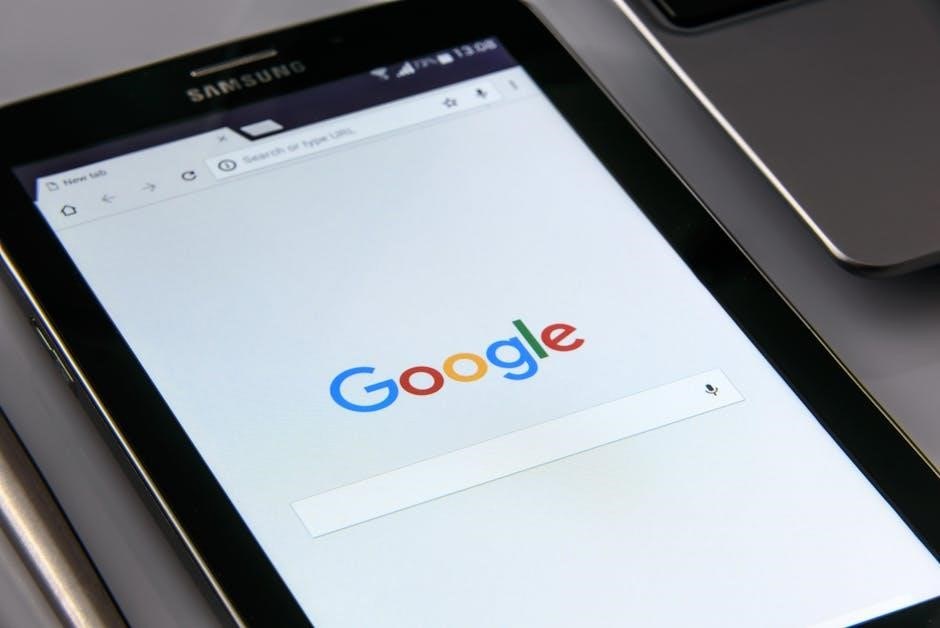
Investing in the Samsung WF42H5000AW/A2 is a commitment to quality and convenience. With proper care and attention, this washer will continue to deliver excellent results for years to come. Thank you for choosing Samsung, and we hope this manual has provided you with the knowledge to make the most of your appliance.







